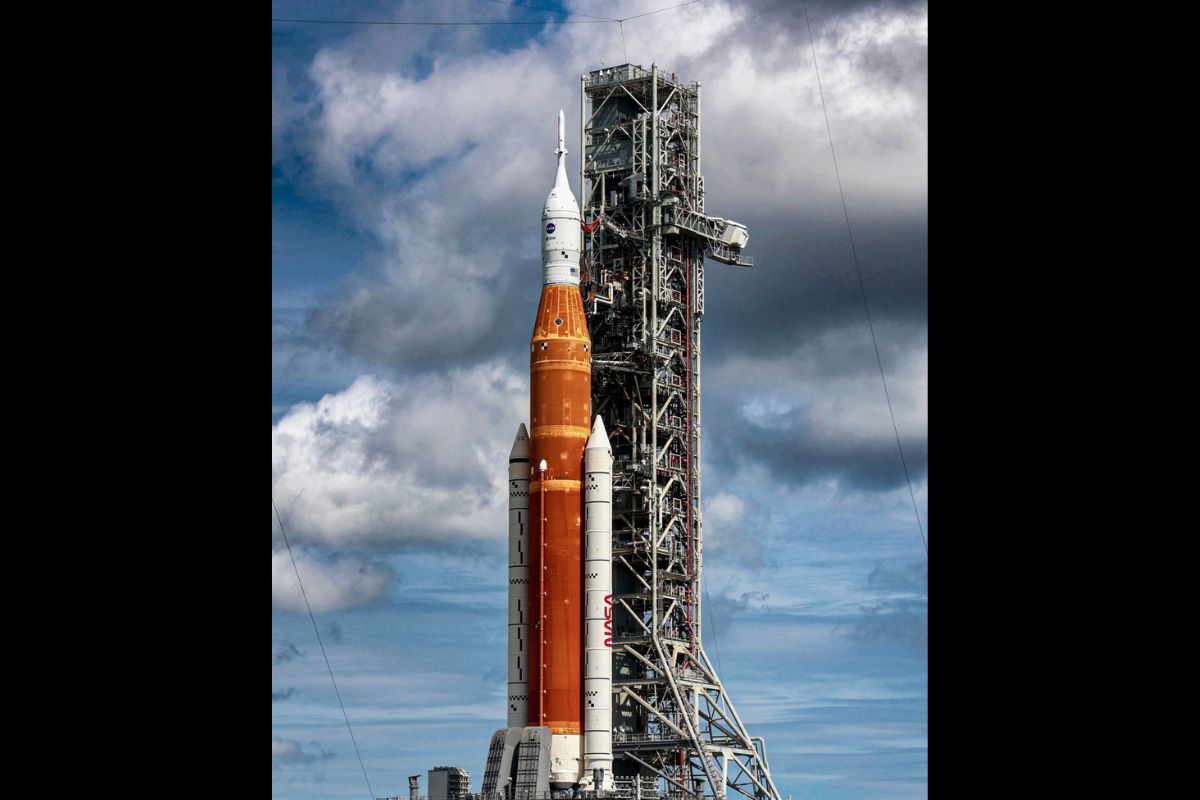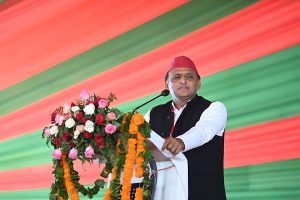India’s upcoming lunar mission is called Chandrayaan-3. On July 14, 2023, at 2:35 p.m. IST, Chandrayaan-3 is scheduled to launch to the moon from the Satish Dhawan Space Centre in Sriharikota, India. The Indian Space Research Organisation (ISRO) is in charge of the mission and launch.
With the launch date of Chandrayaan-3 right around the corner, let us go through the list of 10 biggest moon missions of all time, categorised according to their importance, scientific discovery and impact:
Apollo 11 (1969): Neil Armstrong, Michael Collins, Buzz Aldrin, and Armstrong led the 1969 Apollo 11 mission, successfully landing the lunar module ‘Eagle’ on the lunar surface. Armstrong and Aldrin became the first two humans to step foot on the lunar surface. The mission contributed valuable information to the understanding of the Moon.
Apollo 13 (1970): Apollo 13 mission faced a life-threatening situation due to a severe failure in the spacecraft, requiring extraordinary efforts from crew and mission control to overcome obstacles. This event showcased NASA’s ability to respond to crises and adapt to future missions.
Luna 2 (1959): Luna 2, launched by the Soviet Union, was the first artificial satellite to orbit the Moon. It revealed important information about the Moon’s surface composition and that the Moon has no magnetic field, turning the Union’s lunar missions into a turning point in space exploration.
Apollo 8 (1968): Apollo 8 was the first manned mission to orbit the Moon, featuring Frank Borman, James Lovell, and William Anders, who captured iconic images of Earthrise. This mission laid the groundwork for later Apollo missions.
Chang’e 4 (2019): Chinese Chang’e 4 mission safely landed on the far side of the Moon, enhancing the understanding of lunar evolution by providing insights into the geology and makeup of the far side.
Luna 3 (1959): Soviet Luna 3 captured the first images of the Moon’s far side, revealing rough terrain and impact craters. These images provided insight into the hidden side of the Moon, revealing its unique landscape.
Apollo 15 (1971): James Irwin and David Scott conducted scientific research on Apollo 15, utilizing the Lunar Rover (LRV) for exploration and bringing back Genesis Rock for valuable geological insights.
Apollo 17 (1972): Apollo 17, the last mission of the Apollo program and the last human visit, marked the longest time on the moon and the most lunar samples. Eugene Cernan and Harrison Schmitt installed scientific equipment, conducted extensive geological studies and captured stunning images of the moon’s surface.
Surveyor Program (1966 – 1968): NASA’s Surveyor program, including seven unmanned spacecraft, successfully soft-landed on the moon’s surface, collecting data on lunar soil mechanics and thermal characteristics. These missions served as crucial forerunners for future crewed missions.
Chandrayaan-2 (2019): India’s Chandrayaan-2 lunar mission, involving an orbiter, Vikram lander and Pragyan rover, aimed to explore the south pole of the moon. Although the lander, Vikram, did not achieve the anticipated smooth landing, the mission’s other components were successful. The orbiter remains operational, providing valuable insights on the lunar surface, atmosphere and minerals. It is a noteworthy accomplishment in India’s space exploration efforts.
These ten moon missions have significantly advanced the study of the Moon, extending the limits of human exploration, and deepening the awareness of the Moon.
Chandrayaan-3 is expected to be the first spacecraft to touch down on the Moon’s South Pole, which has never been visited by humans.











